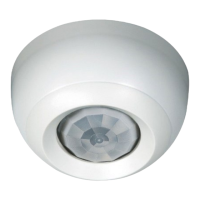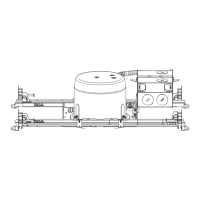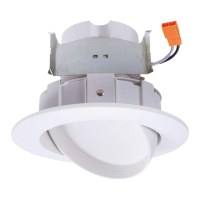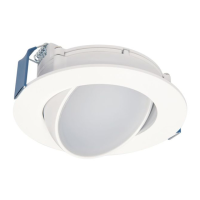This document is intended for installers of the WaveLinx Lite
System
DISCLAIMER OF LIABILITY: Cooper Lighting Solutions assumes no liability for damages or losses of any kind that may arise from the
improper, careless, or negligent installation, handling or use of the products.
IMPORTANT: This manual provides information on the installation and operation of WaveLinx Lite System. For proper operation it is
important to follow the installation instructions for each product/component.
NOTE: WaveLinx Lite devices operate with other WaveLinx Lite devices and do not require the use of a WaveLinx Pro Wireless Area
Controller. Out-of-the box, WaveLinx Lite devices are not compatible with a WaveLinx Pro Wireless Area Controller. Some WaveLinx Lite
devices may allow firmware conversion to allow them to operate with a WaveLinx Pro Wireless Area Controller.
User and Programming Manual
WaveLinx Lite




